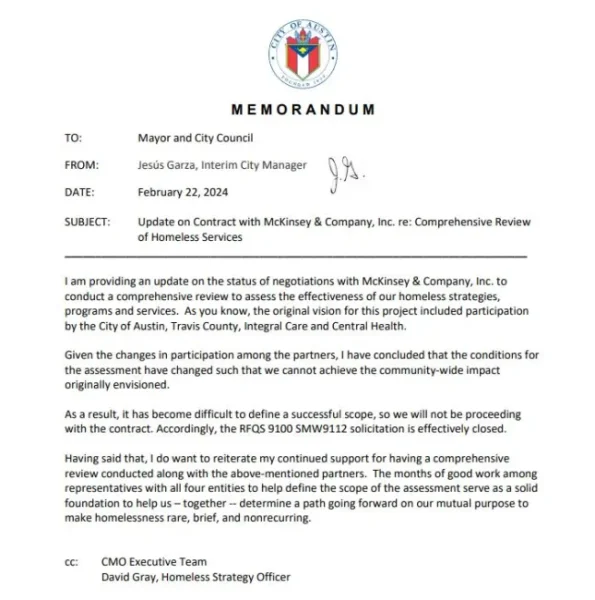Paper industry faces high prices
Increased paper prices affect McCallum, cause problems for local newspapers
The cost of printing newspapers like these has increased dramatically in the past year
November 26, 2018
It may not seem like something as irrelevant as the paper industry has an effect on everyday life. In fact, you could probably still go to the store and buy a ream of paper possibly without even noticing a price increase in the past year. For small-scale newspapers and printers, however, this change is a very big deal.
For the past 25 years, there has been little change in the paper industry. This is odd considering that inflation has increased the prices of everything else we buy. Because of massive supply and decreasing demand for paper, however, mills have been unable to increase their prices. On top of this, Canadian paper mills flooded to United States market, offering paper for cheaper than the domestic supplies could charge, keeping prices consistently under-inflated for years.
Understandably, United States paper mills had trouble making a profit. Around five years ago, according to William Dahlstrom, the vice president of manufacturing at Community Impact Printing (which prints this newspaper), many mills were bought out by private equity firms who decided that the only way to earn a better profit was to shut down manufacturing machines. They hoped to shut off machines gradually, even out supply and demand, and finally be able to charge more for paper.
It did not go as planned.
We are really fortunate that we don’t have to raise all the revenue for printing costs on our own. Other schools that have print newspapers have to do that.
— Winter
All of the machine shutoffs came through in the past 18 months, Dahlstrom said, turning what was supposed to be a gradual reduction into pandemonium.
To make matters worse, at the same time, tariffs were levied on paper from Canada.
According to Dahlstrom, in October of 2017, the North Pacific Paper Company, a paper producer based in Washington State, claimed that Canadian mills were pumping paper into the United States, in order to keep prices noncompetitive. In response to the claim, the U.S. Commerce Department decided to levy tariffs on uncoated groundwood paper, increasing paper prices by 30 percent.
Paper producers passed the increased cost onto their customers.
“If you were paying $1,000,” Dahlstrom said, “you just had 300 added to your paper. That’s an unbelievable increase in cost.”
For small newspapers, that cost could be too much to bear. Luckily, The Shield is subsidized by AISD, so the newspaper program doesn’t have to bear the full cost increased caused by the tariff.
“We are really fortunate that we don’t have to raise all the revenue for printing costs on our own,” newspaper adviser Dave Winter said. “Other schools that have print newspapers have to do that.”
After the 30 percent price increases on paper from Canada, Dahlstrom said, many Canadian mills chose to pull their supplies from the U.S. market and instead shipped paper overseas.
“It decreased supply again, and there was a huge shortage of paper [in the U.S.],” Dahlstrom said. “Printing companies were going out of business, and they still are some of them. The mills have two and a half to three months of backlogging orders that they can’t fill. There’s too much demand.”
Dahlstrom said that other problems have occurred recently with the United States exporting paper as well. For years, China was a major purchaser of gray pulp, made from recycled materials, but recently switched to birchen pulp, the same kind paper used most often in the United States. As a result, there was an even greater shortage of paper in the United States.
It’s a great thing that the tariffs were shut down, but the damage to equilibrium in the market has already been done.
— Dahlstrom
Other recent law changes have had an impact on the industry as well, Dahlstrom said.
For example, federal laws limit how many hours truck drivers can legally operate their vehicles. Because of this limitation, shipping paper, or anything, across the country takes longer, therefore increasing prices. For Community Impact Printing, changes in the trucking industry alone have accounted for a 40 percent cost increase, a price that is passed onto their customers, including MacJournalism.
Community Impact, however, is a very large company. Dahlstrom said that finding and purchasing paper has not been an issue for them, but for smaller companies, it is a challenge.
“They aren’t at the top of the heap for priority,” Dahlstrom said. “Even now, they’re still struggling to get paper, and they’re paying a lot of money for it.”
In August, the Federal Trade Commission voted on whether or not to repeal the tariffs on Canadian paper. The final decision was to repeal nearly all of the tariffs, allowing Canadian paper mills to bring their product back into the market.
“It’ll take time because they have agreements with people overseas,” Dahlstrom said. “And, do they want to bring it back to the United States? Will they get the price that they want?”
Even in the United States, immediate price drops are unlikely.
“They’re not coming down off of those price increases,” Dahlstrom said. “Who would? They weren’t able to increase their prices for a lot of years.”
There is still a supply and demand inequality, only now with more demand than supply.
“It’s a good thing, no it’s a great thing that the tariffs were shut down,” Dahlstrom said. “But the damage to equilibrium in the market has already been done.”
…When so many things hit at once in this industry, it’s just a perfect storm.
— Dahlstrom
As for what will happen in the months to come, nothing is for certain. For an industry that has seen hardly any change or inflation in a quarter of a decade, it will take time to recover from the impact of multiple, simultaneous and drastic changes.
“The market has to find its balance point again from the trucking side, the recycling side, the raw materials side, to the paper and milling side,” Dahlstrom said. “All of these things have to find their points of equilibrium.”
Dahlstrom expects prices will stop increasing and begin to level out. It is certainly possible, even, that they will decrease from the current rate.
“Our country is making a lot of changes and there’s a lot of good stuff happening,” Dahlstrom said. “But you’ve got to see how when so many things hit at once in this industry, it’s just a perfect storm.”












![With the AISD rank and GPA discrepancies, some students had significant changes to their stats. College and career counselor Camille Nix worked with students to appeal their college decisions if they got rejected from schools depending on their previous stats before getting updated. Students worked with Nix to update schools on their new stats in order to fully get their appropriate decisions. “Those who already were accepted [won’t be affected], but it could factor in if a student appeals their initial decision,” Principal Andy Baxa said.](https://macshieldonline.com/wp-content/uploads/2024/04/53674616658_18d367e00f_o-600x338.jpg)


